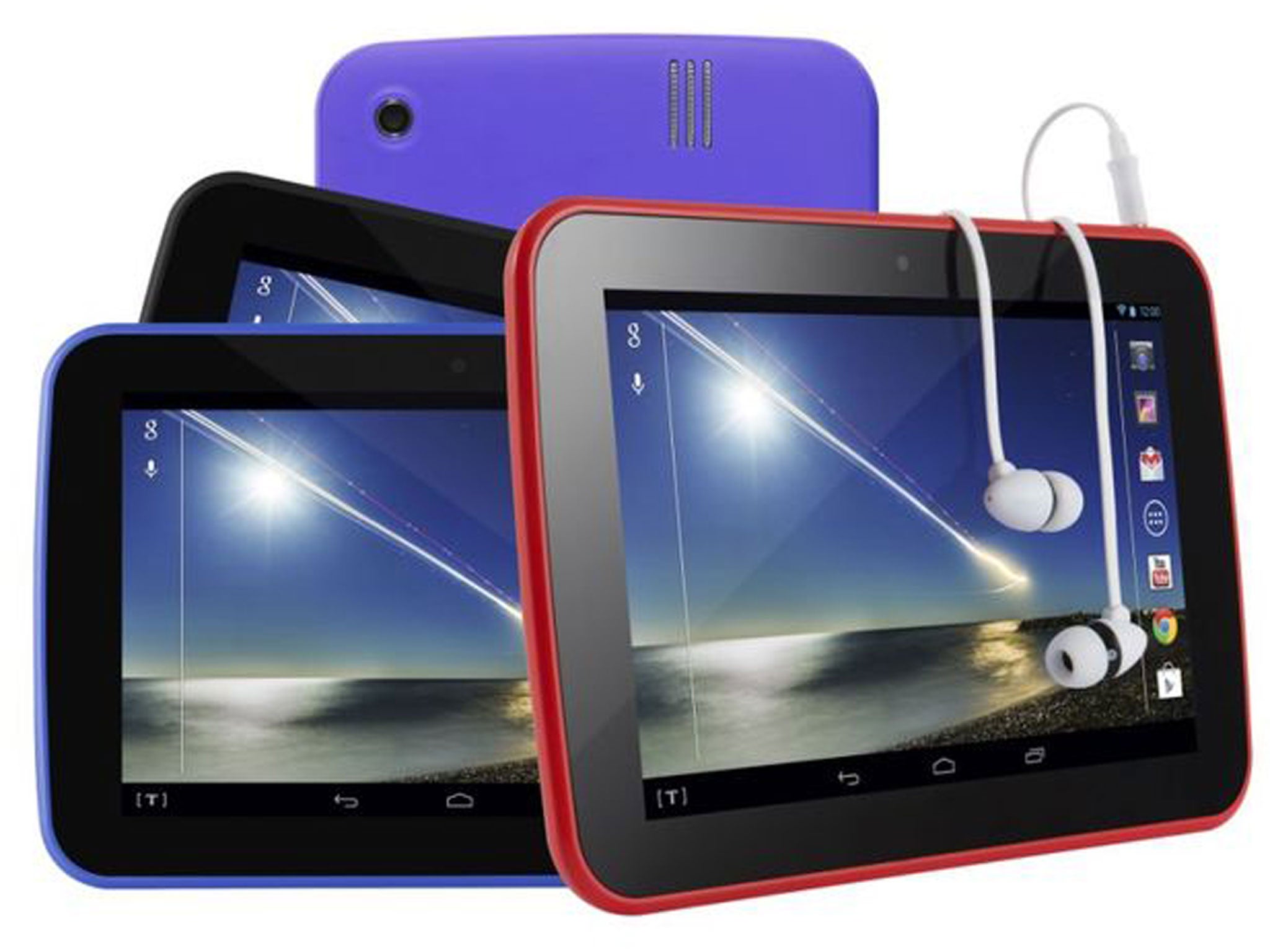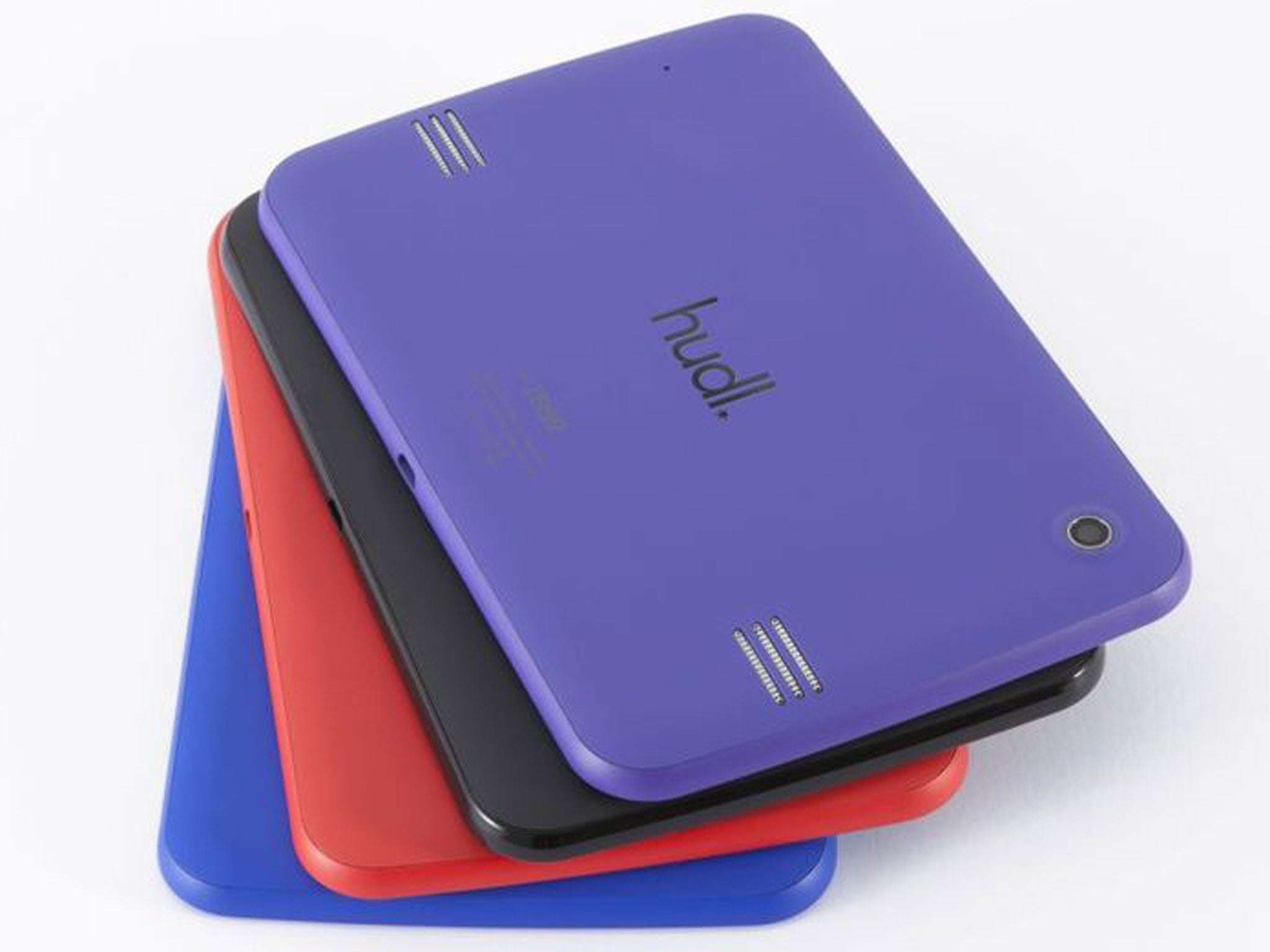Tesco Hudl vs Amazon Kindle Fire HD vs Google Nexus 7
The battle of the 7-inch Android devices reaches new heights with the introduction of Tesco's budget Hudl

With the news that Tesco is entering the tablet market with the £119 Hudl (see above) the market for 7-inch Android devices is more competitive than ever. Whilst Apple still reigns supreme with its more expensive, larger-screened tablets, Google and Amazon also field devices in the £100 to £200 range.
In this price category tablets might be used primarily as media devices (allowing users to stream and download digital content from 3 party services like Netflix or Lovefilm) but also allow for casual web browsing, gaming and email.
They won’t be the most convenient option for doing school work or research, but with ever lower prices the 7-inch tablet is more accessible than ever. For this comparison we’ve chosen the Tesco Hudl as the newest entrant into the market, Google’s latest Nexus 7 and Amazon’s Kindle Fire HD (though it should be noted that Amazon also offers a slightly lower specced and cheaper Kindle Fire).
Hardware
There's no doubt that the Nexus 7 is the champion here, offering a superior screen (1920x1200 resolution) compared to both the Kindle Fire HD (1200x800) and Tesco's Hudl (1440x900) and a faster processor with more RAM. In terms of processors both the Hudl and the Nexus have quad-core 1.5GHz chips (the Fire HD's is 1.2GHz), but GHz are not always a fair benchmark. Google's offering runs on a Snapdragon S4 Pro model whilst Tesco's supplier is unknown - expect performance to degrade on the Hudl quickly.

In terms of memory there's less to choose between the trio. The Hudl comes with 16GB of internal storage (expandable to 48GB with a microSD), whilst the Fire HD offers 16GB for £159 or 32GB for £179. The Nexus also comes in 16/32GB flavours for £199/£239 respectively. However the Kindle Fire's also come with free cloud storage for all content bought from Amazon - something that Tesco could offer in the future, but don't right now.
The Nexus 7 is the lightest of the bunch, coming in at 290g (299g for the LTE version) whilst the Kindle Fire is a relatively chunky 395g. Tesco hasn't released an official weight for the Hudl, though hands-on reports says its not unduly heavy, but not incredibly slim either - there's a large bevel on the device (the band that surrounds the screen) and it feels fairly solid compared to the Nexus 7.
The Nexus 7 offers the best hardware, but it'll cost you - more than £100 extra than the Hudl if you buy the 32GB variation with LTE.
Software & ecosystem
It's no secret that Amazon, and now Tesco, have released their tablets in order to boost sales from their digital catalogues. The new Hudl comes with a dedicated "T" button in the bottom left hand corner of the Android OS to take you to the retailer's online stores - including Blinkbox, an on-demand video streaming service.
However, this is nothing compare to the reworking of the Android operating system on Amazon's devices, with the standard homepage replaced by a timeline showing you all the media (music, films, books) that you've accessed recently. There are advantages to this degree of integration (eg the free Amazon Cloud storage mentioned above and the perks of free Amazon Prime membership) but if you're expecting a basic Android experience.
Unsurprisingly, Google's Nexus 7 comes at the other end of the spectrum, offering the latest version of Android (4.3 - compared to 4.2.2 on the Hudl) and all the goodness of Google apps - Map, Gmail, Google Play and the like. The Hudl offers these as well, as well as access to the whole Android App Store (the Kindle Fire only gives you the Amazon App store - an editorialised Google Play with some omissions).
The Amazon Fire HD - some might feel constrained being so closely tired to Amazon's shopping ecosystem, whilst others will find it a boom.
Conclusion
In terms of hardware with these three you get what you pay for: the Nexus offers the slickest processor, the most RAM and the nicest screen, but if you go for the full 32GB option with LTE then you're paying more than £100 more. However, if you really care about getting the full Google experience - and it certainly has its perks - then the Nexus 7 will be obvious choice.
The Kindle Fire HD is in the middle of the pack but now seems a bit pricey at £159. However, with a refresh of the tablet expected from Amazon there'll probably be price-cuts or a new device on offer in a couple of months. If you already use Amazon for all your digital purchases then it's certainly a good way to take advantage of their ecosystem, but the e-retailer's decision to limit access to bits of Android functionality and apps will infuriate some.
And then there's the Hudl - priced at some casual browsing, a bit of TV streaming and (Tesco are hoping) some online shopping, and really not available to do much more. However, costing just £119 (or just £60 when purchased with ClubCard points) it might not be a purchase that you have to think too much about.
Join our commenting forum
Join thought-provoking conversations, follow other Independent readers and see their replies
Comments